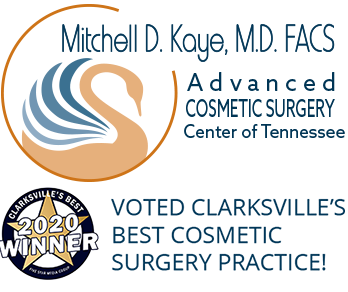Treat Signs of Aging on the Mid and Lower Face

As we age, so does our skin. It loses its natural elasticity, and gravity takes its toll, making the skin sag. A traditional facelift is a cosmetic surgical procedure that can treat signs of aging that crop up on the mid and lower sections of our face.
The facelift firms up the face’s underlying structures that become loose with age. It focuses on the areas around the eyes, nose, and corners of the mouth. It also targets the bottom third of the face, where signs of aging are the most prominent. It can correct drooping cheeks, smooth away deep age lines, and tighten the neck and jowls.
Are You a Good Candidate for a Facelift?
Good facelift candidates usually experience lax skin around their jawline, drooping corners of their mouth, and excess skin on their neck. People opting for a facelift procedure should be well-educated on the details of the procedure.
Good candidates are of sound health. Non-smokers are preferred, as smoking can negatively affect the health of the skin and thus slow down the healing process after the facelift. If you do smoke, it will be necessary to quit in the weeks leading up to the procedure and to abstain for a time following the surgery.
The Facelift and What to Expect
In a facelift procedure, general anesthesia is first administered. This is done in order to ensure that the patient does not feel any pain and is unconscious throughout the surgery.
Incisions are made in the tissues of the face in order to allow Dr. Kaye access to the underlying structures. These incisions are made in front of the ears and extend downward behind the ears.
Once the incisions have been created, Dr. Kaye adjusts the underlying tissues and pulls them up, tightening them and making the skin smoother. The incisions are sutured shut with medical stitches and dressed properly.
The Recovery Process
The overall recovery process takes around three weeks. Patients can go back to work around seven to ten days after their facelift. Heavy exercise routines should be avoided for at least three weeks.
In around one week after the procedure, patients will come in for a follow-up appointment. During this, stitches will be removed, provided the incisions have healed enough.
Minimal bruising and swelling are typically experienced, and these will resolve on their own. Dr. Kaye may recommend various methods of helping them ameliorate sooner.
The best way to preserve the results of your facelift for as long as possible is to practice a healthy lifestyle, including a proper diet and regular exercise.
Getting a Facelift for Yourself
The facelift is an effective procedure to eliminate prominent signs of facial aging. If you want a fresh face without deep folds that stand out and hollow upper cheeks, it’s time to learn more about the facelift.
To schedule your informative facelift consultation, contact our office today. Dr. Mitchell D. Kaye is a well-respected surgeon and will be happy to meet with you and answer any questions you may have.

